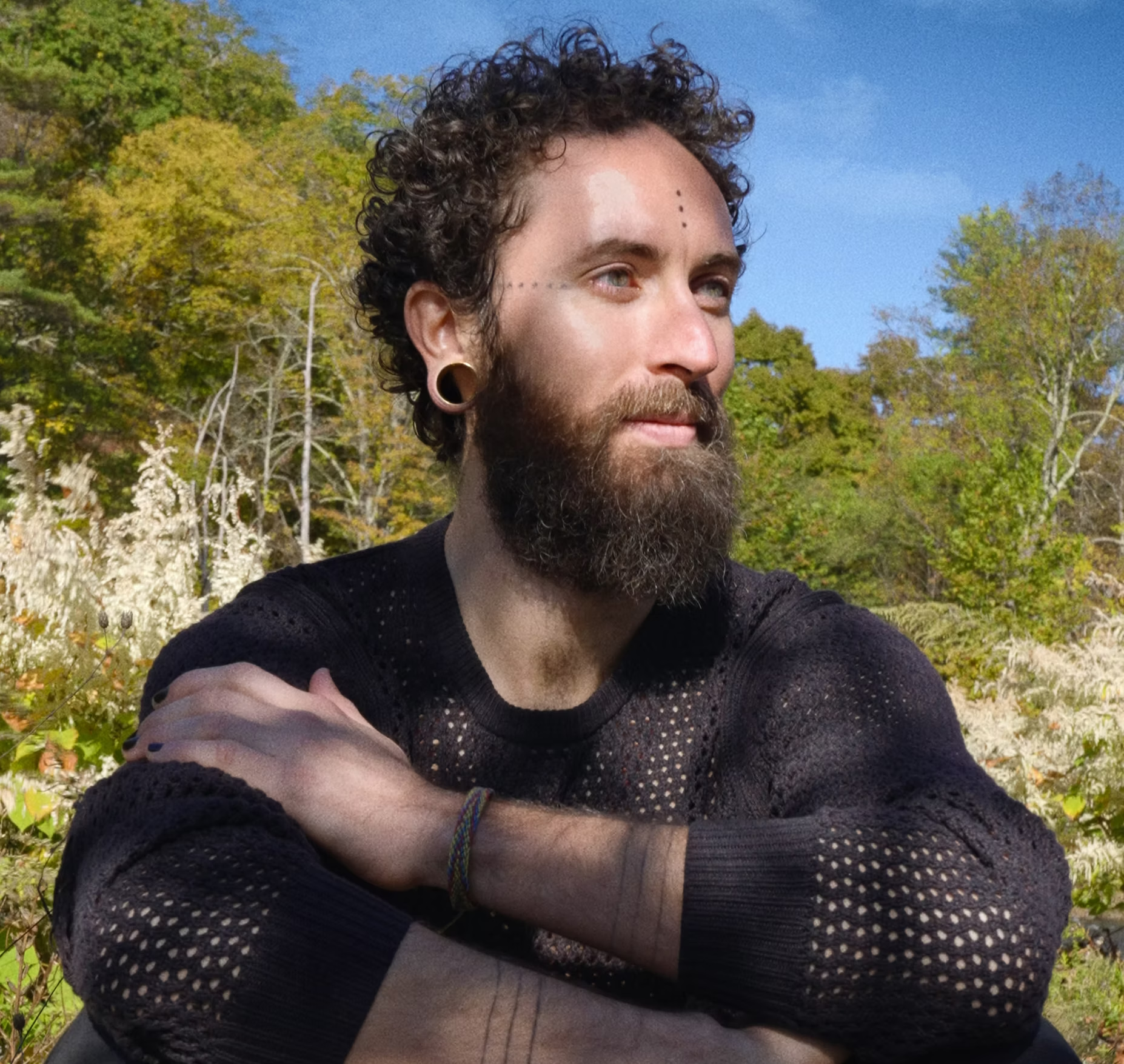
Over the weekend, amid nationwide protests of police brutality sparked by the killing of George Floyd, demonstrators in D.C. clashed with secret service and police outside the White House.
It was a dramatic scene that involved fires being set in the basement of historic St. John church—among widespread arson—and the exterior White House lights being turned off as President Donald Trump was moved into lockdown in the the White House Bunker. But by Monday morning the real events had been swallowed up in the heightened narrative of the supposed D.C. blackout, which claimed that all communication from the area of the protests had been shut down since around 1:00 AM.
Along with the phrase “where are the protesters?” the hashtag #DCBlackout started trending along with claims that Twitter was deleting pictures and videos a raging fire that dwarfed the real-life flames, black protesters being killed by police, and protesters on the White House steps—having breached the gates. If one were to believe the picture being painted, Twitter was cooperating with a massive governmental cover-up to conceal horrific events within the nation’s capital. Mass arrests? Mass killing? Within the context of the apparent blackout, anything seemed possible.
In reality however, the enormous fire reaching nearly as high as the Washington Monument was just a still from ABC/Netflix’s political thriller Designated Survivor, the images of people on the “White House” steps were actually from the Ohio Statehouse, and the video of police pinning down and shooting a black man—while real—was from the 2016 shooting of Alton Sterling in Baton Rouge, Louisiana. And as for where the supposedly missing protesters had gone, many were no doubt arrested for breaking D.C.’s 11:00 PM curfew (adjusted to 7:00 for Monday night), others most likely went home to sleep. If they were genuinely missing, wouldn’t we be hearing reports from friends and family, rather than speculation from distant strangers on the internet?
While there may have been some localized cell signal jamming, reporters and others remained in the area well past 1:00 and assert that nothing like the supposed blackout—nor the kind of violence that would necessitate such a cover up—took place.
Clearly, whatever the source and whatever their motivation, there is a significant effort ongoing to sow disinformation and confusion. Adding to the chaos, when other Twitter users started working with the hashtag #DCSafe to counter the blackout narrative with real information, it was quickly co-opted and discredited with a copied and pasted script that was designed to make it look like #DCSafe was being spread by bots as part of the cover up. These tweets were then being deleted, either by the original posters—to magnify confusion—or possibly by Twitter to counter the disinformation campaign (or to help with the cover up, depending who you ask).
In a moment of immense chaos and uncertainty there is so much room for bad actors to manipulate and amplify the fear that most of us are experiencing. If you’re having trouble sleeping, and the flow of information seems to dry up, does your restless mind accept that people have gone home—that there are no major updates to share with you? Or do you hold onto your sense of anxiety until an unsettling hashtag endorses your fears and encourages you to ask “where are the protesters?”
While it’s important to keep an open mind—and it’s by no means outside the realm of possibility that the federal government and/or D.C. police could target protesters to be silenced, arrested, even killed en masse, there is little evidence to suggest that anything like that has happened, and firsthand accounts from people who were present note that things quieted down sometime past 2:00 in the morning with no loss of cell service and no large-scale violence. While new information may reveal a kernel of truth to the blackout rumors, the vast majority seems to be connected to either deliberate deception or general confusion.
Unfortunately this kind of uncertainty will likely be par for the course in coming days and weeks. As frightening as it is, it’s important to maintain a healthy level of skepticism. And while we may not be able to trust mainstream media outlets as much as we would like, we should certainly give them a little more credence than a stranger’s Twitter with 14 followers.
With D.C.’s Democratic primary election taking place tomorrow, it’s important not to spread unnecessary panic. Check back for updates as more information comes in. And if you were at the D.C. protests last night and have information, please reach out with what you know on Twitter, Facebook, or through email.













